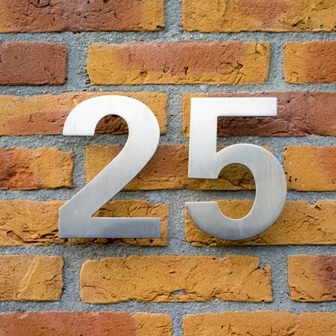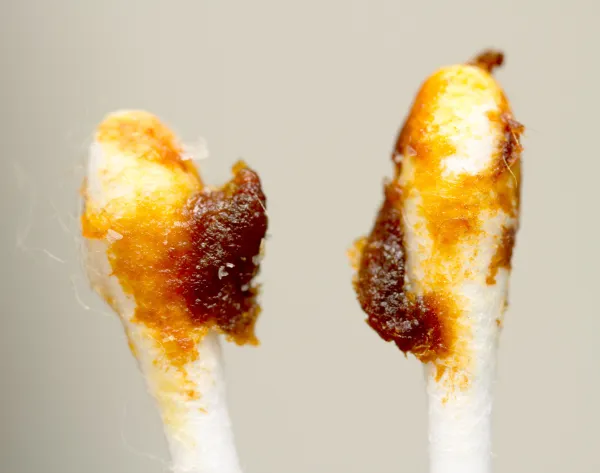Otolaryngology Coding Alert
Listen Up: Report Ear Drainage, FBR with Specific Codes
Here’s why the standard FBR codes don’t work for ear procedures.
Coders at otolaryngology practices will often face encounter forms that involve a surgical procedure to repair a patient’s ear.
The key to mastery when coding these claims comes from knowledge of each type of ear procedure your provider might perform. You might be a master at cerumen (earwax) removal coding — but there’s also some other ear procedures that an otolaryngology practice could perform.
Here’s a look at how to code ear-related surgeries that don’t involve earwax removal.
Encounter Specifics Could Lead to Drainage Code
When the provider drains an abscess in a patient’s external ear, you’ll report 69000 (Drainage external ear, abscess or hematoma; simple) for the service, confirms Beth Adams, billing manager at Advocare ENT Specialty Center in Marlton, N.J.
Clues: During a 69000 service, the provider would likely use a combination of the following instruments and supplies: scalpel, packing, dressing, and drain tube. The provider might also “use needle and syringe to inject lidocaine prior to the procedure,” explains Adams.
Consider this detailed example from Lisa Jones, CPC, consultant at 360 Practice Management Solutions in Hollywood, Fla.:
Chief Complaint: Left sided cauliflower ear deformity occurred after martial arts sparring 4 days ago. Auricular swelling and deformity in left concha cymba.
Procedure note: Risks, benefits and alternatives were discussed with the patient. Written consent was obtained prior to the procedure. The site was prepped with Betadine. The area was anesthetized with 2 ml of lidocaine 1% without epinephrine. The abscess was incised with a #11 blade. Cultures were obtained and sent to the laboratory. Dressing: the abscess cavity was loosely packed with gauze and a sterile dressing was placed. The patient tolerated the procedure well.
Coding: On this claim, you’d report 69000 for the drainage with M95.12 (Cauliflower ear, left ear) appended to represent the patient’s injury. If the payer wants a laterality modifier, you’d append modifier LT (Left side) to 69000.
If the physician has to spend a significant amount of time cleaning out the wound you might choose 69005 (Drainage external ear, abscess or hematoma; complicated) instead of 69000.
Change Coding When Abscess Moves to Canal
The otolaryngologist might also encounter patients with abscesses in their external auditory canals. Understand that the “external ear canals” are different anatomy from the external ear. The external ear canal is the passage from the outer ear inward to the tympanic membrane, or ear drum. For these services, you’ll report 69020 (Drainage external auditory canal, abscess).
“If the abscess forms in the external auditory canal, and has not spontaneously started draining on its own, or if the abscess is large enough that it is affecting the patient’s hearing or causing a significant amount of pain, the physician may perform 69020,” explains Jones.
Remember to Use These Ear FBR Codes
Providers that perform foreign body removals (FBRs) need to have coders that know you cannot report the standard FBR codes — 10120 (Incision and removal of foreign body, subcutaneous tissues; simple) or 10121 (… complicated) — for ear FBRs.
Why? CPT® contains a code pair for external auditory canal FBRs: 69200 (Removal foreign body from external auditory canal; without general anesthesia) and 69205 (… with general anesthesia).
What qualifies as an ear FB? Just about anything that’s not supposed to be there. “Anything other than normal parts or secretions of the ear are considered foreign bodies,” Adams explains. “The foreign body does not have to be a certain size or depth.”
FB examples: “Hearing aid piece, bugs, beads, food, cotton, pencil erasers, buttons, beans, etc.,” says Jones.
“Skin debris, cerumen, cholesteatomas, abscesses, etc., are not foreign bodies,” Jones continues.
Also, keep in mind that something the physician places in the patient’s ear, such as a tube, does not qualify as an FB.
Clues: During a 69200/69205 service, the provider would likely use a combination of the following instruments and supplies, Adams says: hook, curette, cerumen loop, forceps, right-angle ball hook, or suction. The physician may also use the binocular microscope to assist in finding the foreign body. Although this is a separate procedure with its own code, it is not separately codable when reporting 69200 or 69205.
And, of course, the provider might also use general anesthesia, which would lead you to choose 69205.
Bug in your ear? Jones says that when a person has a living ear FB, such as a bug, the provider might need to use oil drops to immobilize it before removal.
Related Articles
Otolaryngology Coding Alert
- Procedure Coding:
Listen Up: Report Ear Drainage, FBR with Specific Codes
Here’s why the standard FBR codes don’t work for ear procedures. Coders at otolaryngology practices [...] - E/M Coding:
NGS Set to Increase Some Exam Demands
Detailed exams are about to level up. Recently, the Medicare Administrator Contractor (MAC) National Government [...] - Ask an Expert:
Use Modifiers XP, XU Only in Specific Situations
Here’s why your use of these modifiers will be rare. While CPT® still has modifier [...] - You Be the Coder:
Coding Allergy/Sinus Testing
Question: A primary care physician (PCP) referred a patient to our otolaryngologist for recurrent ear, nose, [...] - Reader Question:
Look to These Codes on Neck Dissections
Question: Encounter notes indicate that a patient reports to the otolaryngologist for lymph node removal. The [...] - Reader Question:
Avoid Medicare's Ire by Obeying Stark Laws
Question: I overheard one of our nonphysician practitioners (NPPs) tell a coder that someone at [...]




